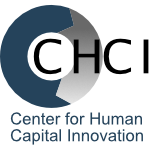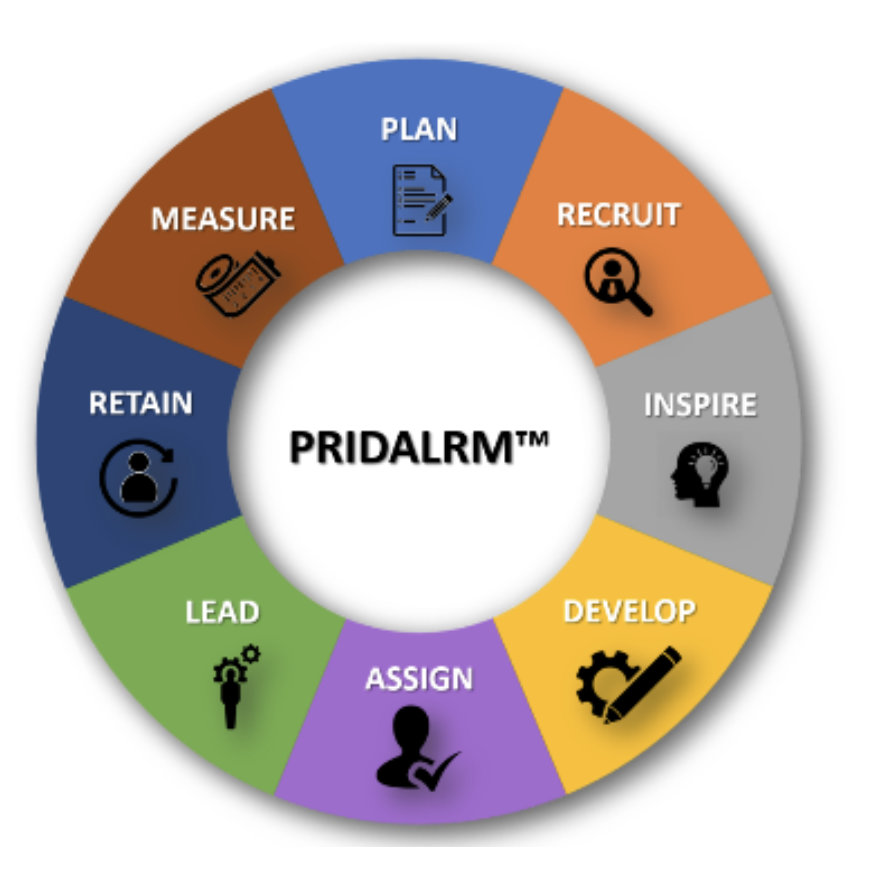Frequently Asked Questions
Diversity focuses on representation and means the presence, recognition, and celebration of differences. Some examples of social differences are race, gender identity or expression, sexual orientation, disability, religion, socioeconomic status, age, language and culture. Equity focuses on creating opportunities for everyone’s success through meeting individual needs rather than providing a one-size-fits-all solution. Equity recognizes that the playing field itself is not always equal and strives to remove barriers and provide support to increase everyone’s opportunity for success. Inclusion is actively creating spaces that not only represent diversity but create a sense of belonging and value. Unlike diversity, inclusion is about more than representation, it is about involvement and belonging.
In the workplace, Diversity, Equity, and Inclusion, also known as DEI, refers to a state in which groups represented in the general population (e.g., gender, racial, age, etc.) are seen in roughly equal numbers in an organization’s workforce, no employee is subjected to discrimination, all are treated fairly, and everyone has the opportunity to participate fully.
Belonging goes beyond DEI; it is essential in optimizing employee engagement and commitment. 93% of the organizations surveyed by Deloitte’s 2020 Global Human Capital Trends report that employees’ sense of belonging is essential to organizational performance.
Unlike DEI, organizations and leaders can’t forge belonging; it is not an initiative or an action, it is a feeling. A workplace might be diverse, fair, respectful, and inclusive but if a person does not feel that they can show up at work as their authentic self, and be that authentic self all day at work, they won’t feel as though they belong. Someone once said that diversity is being invited to the party, inclusion is being asked to dance, and belonging is having your song played.
360 represents a holistic view of a person or an organization. Think of a restaurant and the many groups needed to make a restaurant successful. There is the kitchen staff, the waitstaff, the customer, the health inspector, the owner, the accountant, the suppliers and many more. Each one of these groups has their own perspective on how the organization is running; combined, they give a 360° view of how the restaurant is running. We can’t rely on just one group’s perspective; the kitchen staff may think everything is going fine but the customer may disagree. So we need to hear from all of the groups to ensure the organization is successful.
The same can be said for DEI. We don’t want just one perspective on how the organization is doing; we want many perspectives. This assessment was designed to incorporate DEI feedback from employees, teams, boards and all the different groups that make an organization successful.
An audit is often compliance-based, focusing on regulations and rules. An assessment is a tool that assesses peoples’ perspectives on certain things. The DEI360 is designed to assess multiple perspectives on the Diversity, Equity and Inclusion aspects of an organization.
Savvy organizations perform DEI assessments to get a complete picture of their workforce, employee engagement, and where there is room to grow because the results impact the long-term success of an organization.
DEI assessments also helps an organization understand the experience of various groups in the workforce and their perceptions regarding workplace representation, fairness, inclusion and belonging. For practical reasons alone, it is worthwhile to assess DEI in the workforce regularly for its impact on your productivity, brand, and bottom line.
This year, for example, the US Equal Employment Opportunity Commission reported that settlements from workplace sexual harassment claims alone topped $65 million in the US in 2020. Beyond lawsuits, the far greater cost is in losing employees and damaging your employer brand. A decade ago, the Center for American Progress estimated that the cost of people leaving their jobs due to unfairness and discrimination cost US businesses $64 billion per year.
Today, many investors, employees, progressive internal leaders, board members, and activist consumers want organizations to provide thorough reporting on their environmental, social, and governance (ESG) initiatives, including DEI. Increasingly, top performers and exceptional leaders – even though they may be treated fairly – will leave organizations or reject working for them based on their knowledge of other employee’s bad experiences. Activist consumers will choose other brands or even organize boycotts.
In short, no organization can afford not to monitor DEI closely and put in motion a cycle of continuous improvement.
The DEI360 assessment captures both qualitative and quantitative data. The quantitative data is via a Likert scale; the qualitative data is through open response boxes. In addition, we can hold focus group interviews and one on one interviews to get more qualitative data.
The DEI assessment was developed with input from commercial and nonprofit experts and practitioners, literature on best practices, and the collective experience of CHCI’s leadership.
The assessment was developed in 2020 and tested for seven months internally and with external partners. Thus, the DEI360 offers exceptionally high construct validity. In other words, it measures what it is intended to measure: the perceptions of employees within organizations around questions of diversity, equity, inclusion and belonging.
An organization’s DEI360 results can be analyzed alongside its available HR data, including past audits, performance data, and other related survey results such as employee engagement or satisfaction surveys. We often find strong correlations between DEI360 outcomes and trends in employee engagement, learning opportunities, performance and retention. Trend analysis of the DEI360 over time, especially in conjunction with results from related workforce surveys and other HR data, gives us and our clients confidence in the progress they are making and in designing further initiatives to improve DEI.
By working with our clients to capture sufficiently large and representative samples of the organization in DEI360 assessments, and in combining existing workforce data with DEI360 data and qualitative interviews, our clients enjoy high confidence in the accuracy of our insights, and are confident that the steps taken to improve DEI are the right ones.
Both. The DEI360 captures the perspectives of the respondents. Our analysis of HR and other existing data includes factual data, such as workforce demographics, hiring, compensation, and turnover data, succession plan and learning data, and employee complaints. We compare these datasets which often reveal gaps between perceptions and reality. For example, a workforce may be diverse and equitable statistically, but perceived otherwise. These insights guide effective interventions.
On average it takes 30 to 45 days to complete the DEI360 assessment. The general process includes:
- Meet with the client to customize the questions.
- Launch the survey.
- Summarize the data into a comprehensive report.
- Conduct a 90 minute debrief, including recommendations to move forward.
Absolutely! Click here to download a sample report for a factitious organization called ACME.
Once we agree to partner together, we will share our questions and customize them for your organization.
It depends on the number of respondents.
| <100 responses | $3,950 |
| 100-500 responses | $7,700 |
| 501-999 responses | $11,550 |
| 1,000-5,000 responses | $15,400 |
| 5001-10,000 responses | $19,250 |
Generally we work with a DEI steering committee, Human Resources lead, Learning and Development lead or the COO of an organization. Together we customize the assessment questions, create the communications package to send with the survey link, and determine which respondent groups will be included in the assessment.
On average, it will take a respondent approximately 20 minutes to complete the online DEI360 assessment. However, there are many open response boxes so it may take longer if the respondent completes and adds comments to every single box.
These decisions are left to our clients. However, in our experience, most organizations have not yet reached the level of DEI maturity where employees feel comfortable being identified with their survey responses, or in having those named responses shared openly. However, in high trust organizations that have reached an advanced level of fairness, inclusion and belonging, a transparent DEI assessment is a good practice because it permits individualized interventions and improvements.
As we say, the DEI360 is a conversation starter. It’s important to get multiple perspectives to see how an organization is doing around diversity, equity and inclusion. We encourage you to be curious about the results and start a conversation to learn more about the findings. Our skilled facilitators and coaches can help you.
Contact us to schedule a complimentary consultation.
We do! We offer numerous book reviews and blogs.


